The United States National Parks System has over 400 parks, including places of great natural beauty and historic significance. Included in our magnificent parks system is the San Juan National Historic Site, which brings together the history of many European nations and the beginnings of our country.
The native population of Puerto Rico, the Taino, inhabited the island for more than 1,000 years before the Spanish arrived in 1493, with the second expedition of Christopher Columbus. The Spanish claimed the island for Spain, calling it San Juan Bautista. In 1508, Juan Ponce De Leon, of the “Fountain of Youth” fame, founded the first settlement on the island. This port city of the “rich port,” Puerto Rico, was named San Juan. Given the significance of the outpost to Spain, the port was attacked by the Dutch (1625), French (1528, 1538, 1554), and English (1595, 1598, 1702, 1797,) in failed attempts to conquer the island. In 1898, by the Treaty of Paris which ended the Spanish-American War, Spain ceded Puerto Rico to the United States.

The San Juan National Historic Site includes what remains of the walls which surrounded the City of San Juan, and one of the original gates, La Puerta de San Juan. The site also includes the forts which protected the city from invaders, Castillo San Felipe del Morro, Castillo San Cristóbal, and Fort San Juan de la Cruz.
A great place to start your tour of the San Juan National Historic Site is at the entrance to Castillo San Felipe El Morro. Tell your driver to drop you at the entrance of El Morro, where Calle Norzagaray and Calle Beneficencia meet. When you look to the north, you will be greeted by the familiar National Park sign.

We arrived too early to tour the interior of the fort, but you can still walk the grounds and catch some spectacular views.
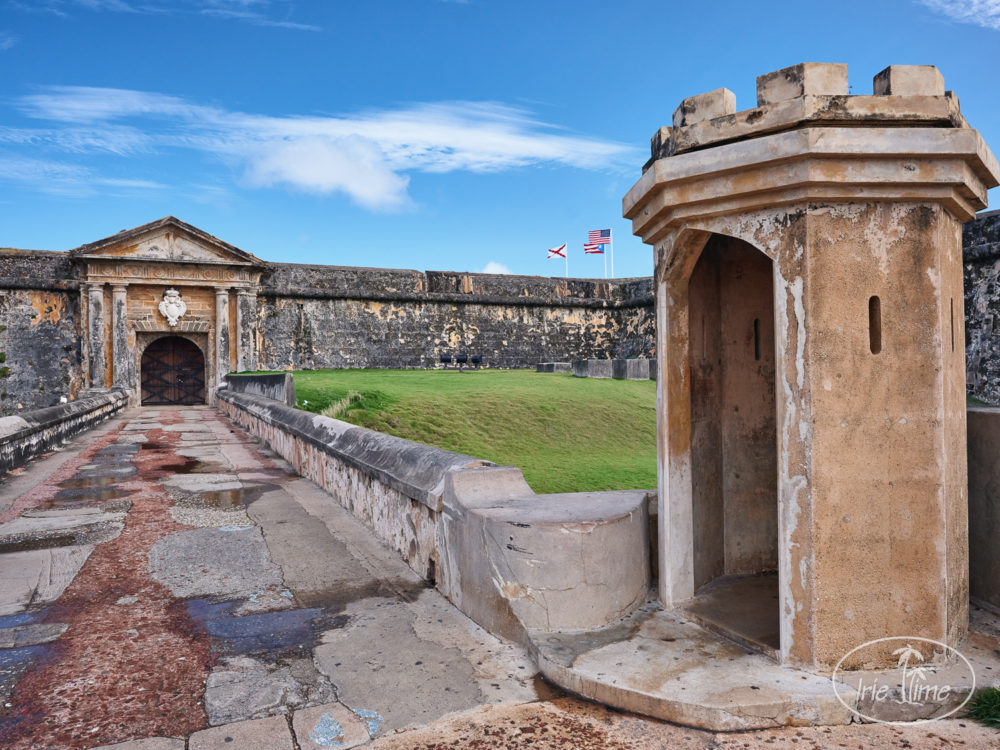
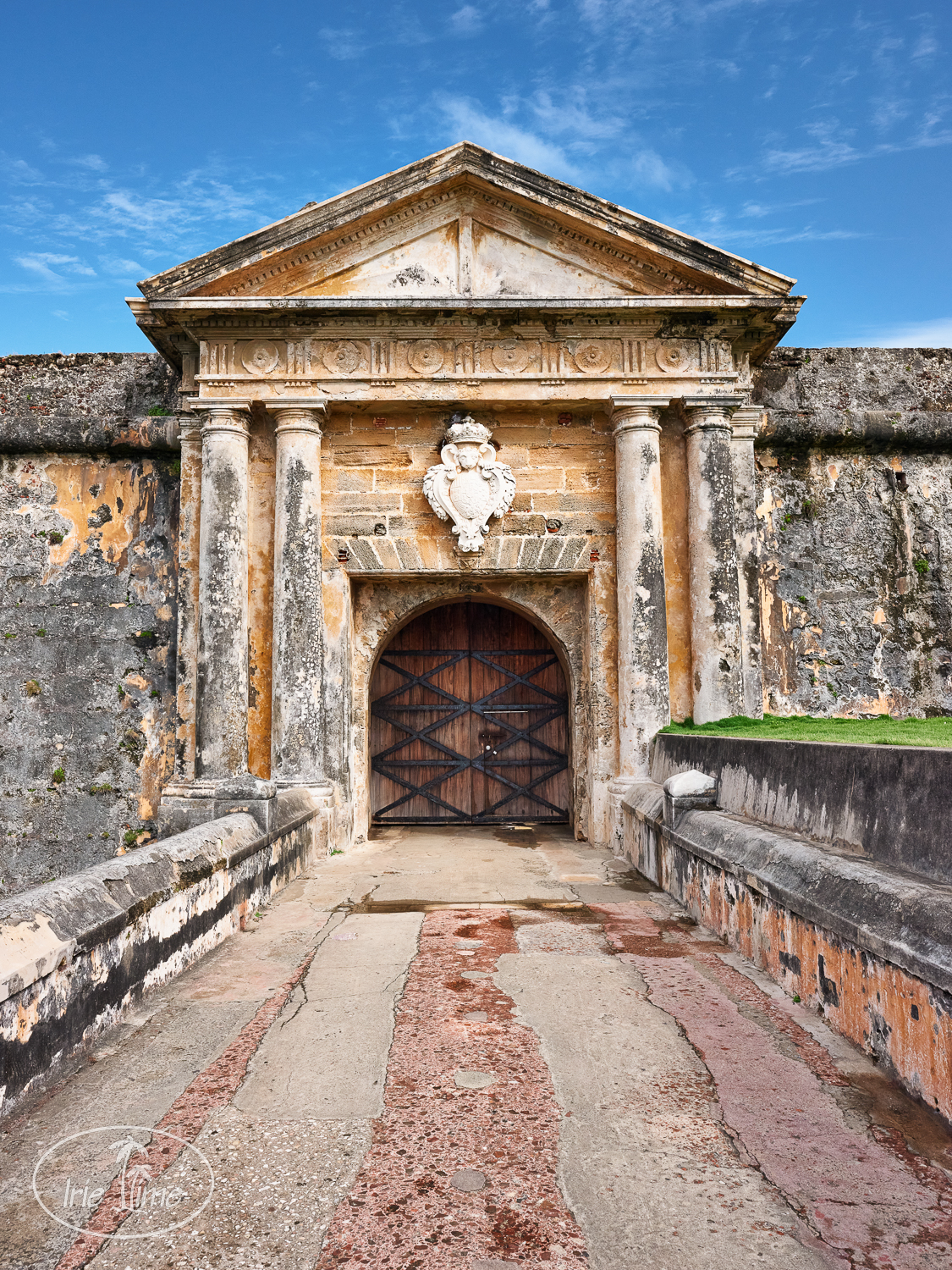
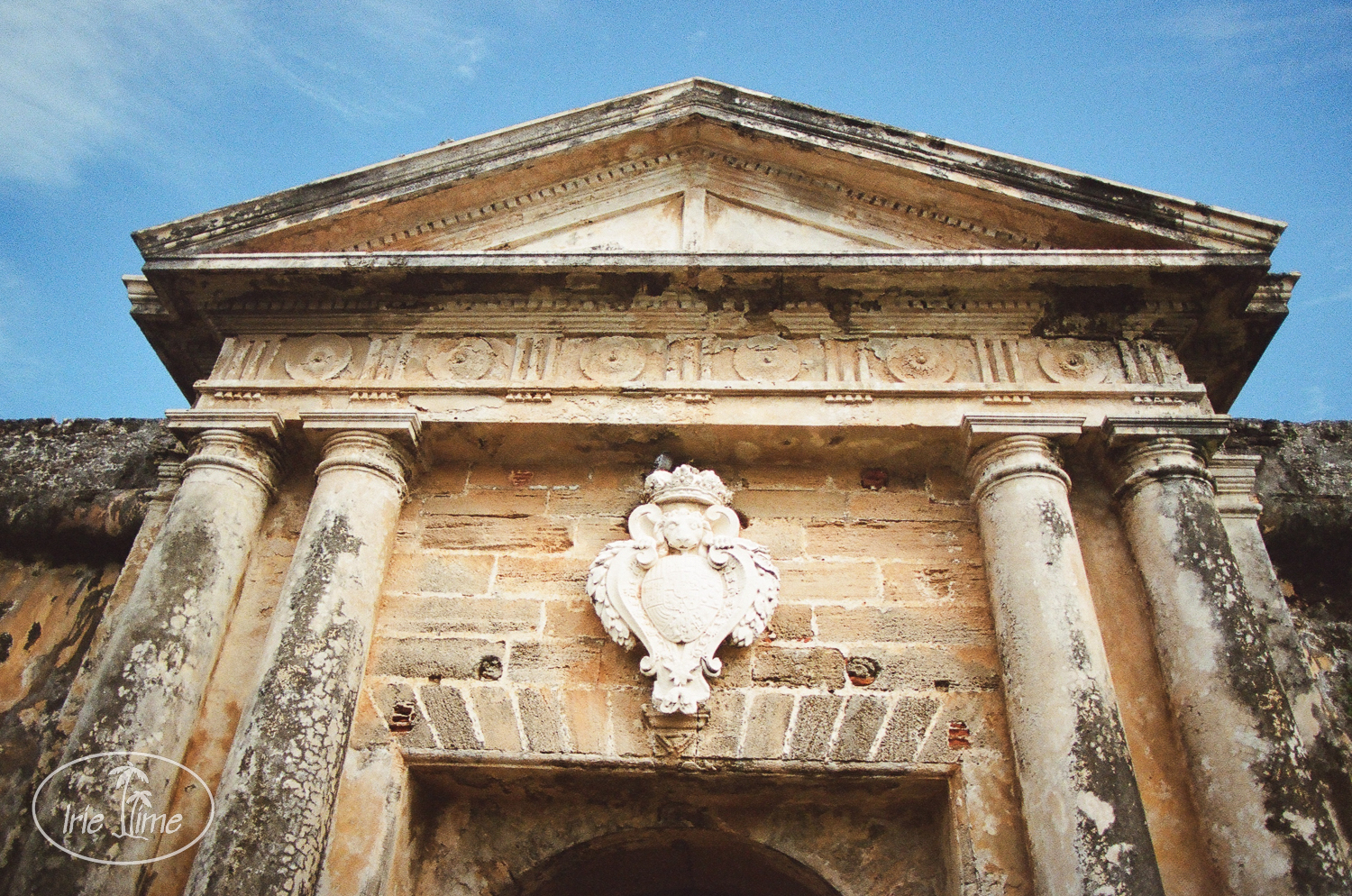
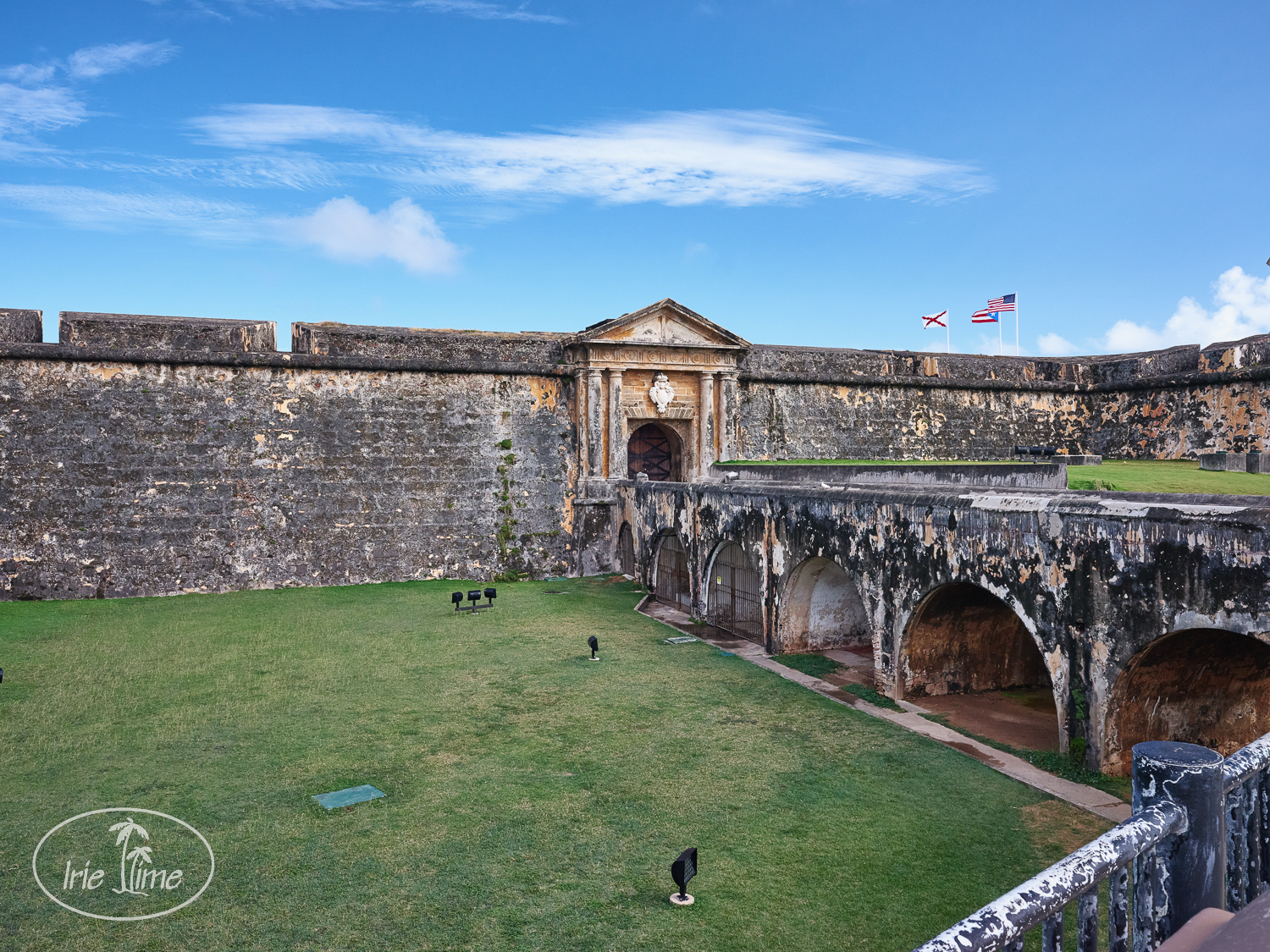
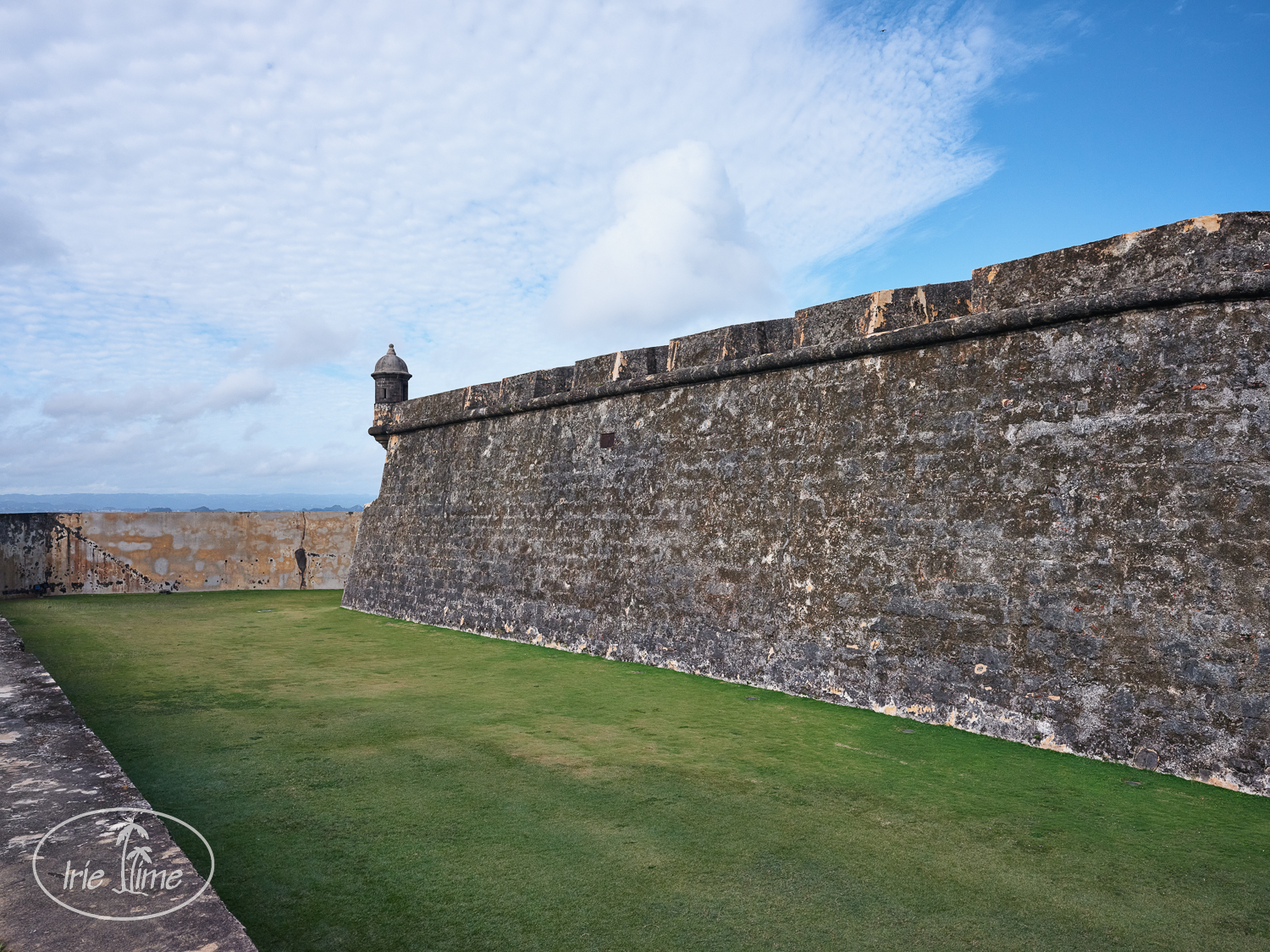
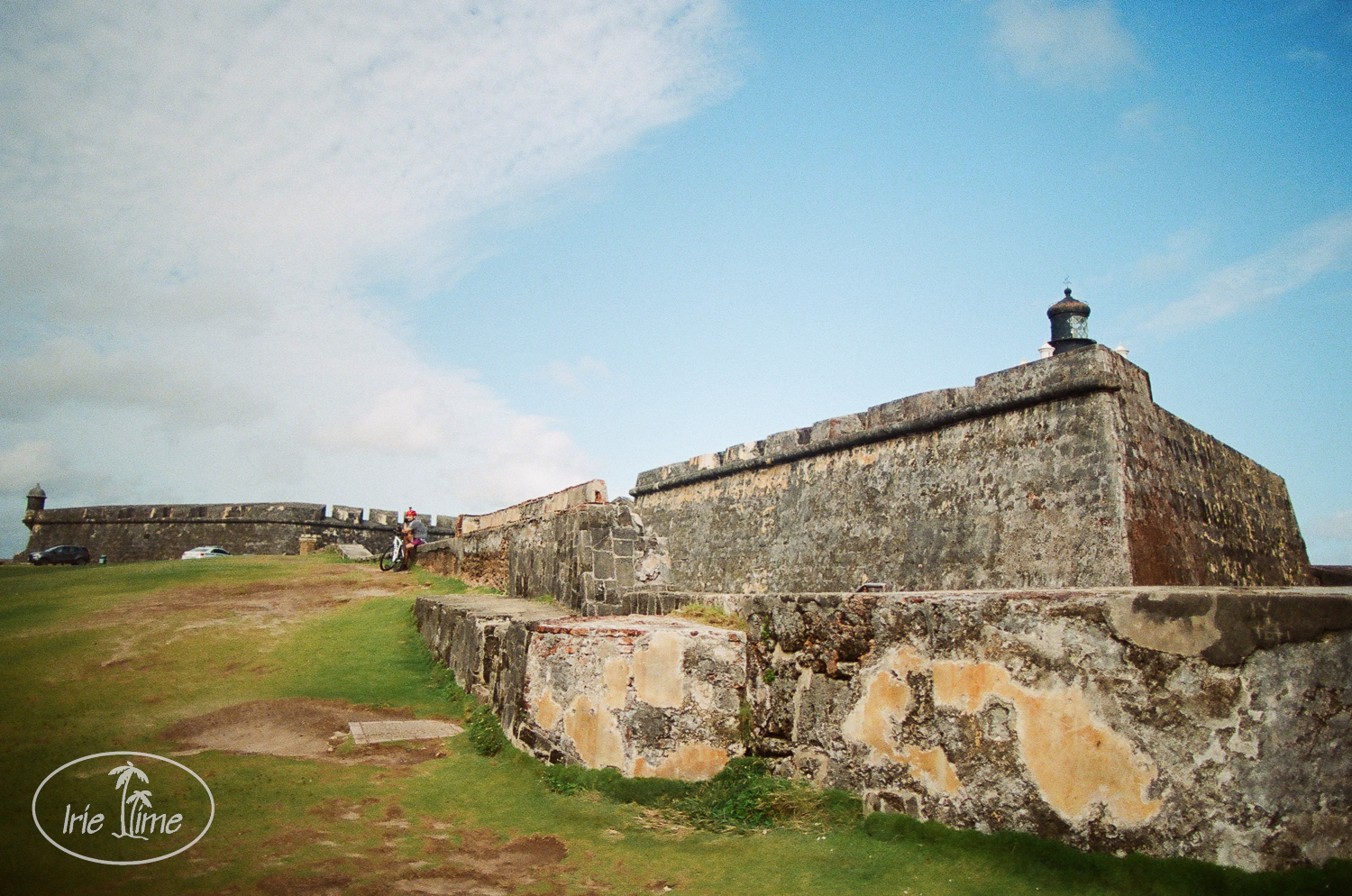
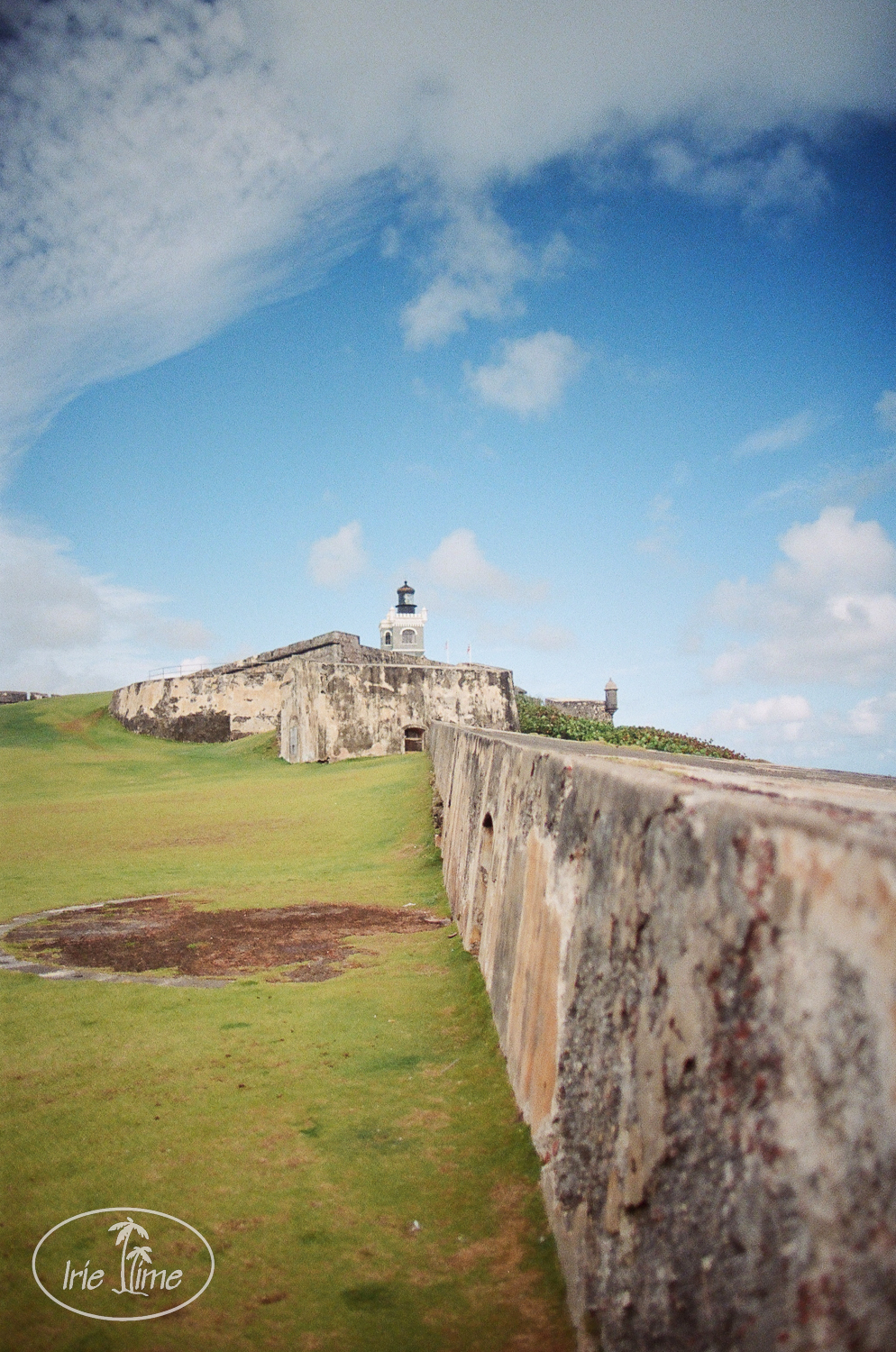
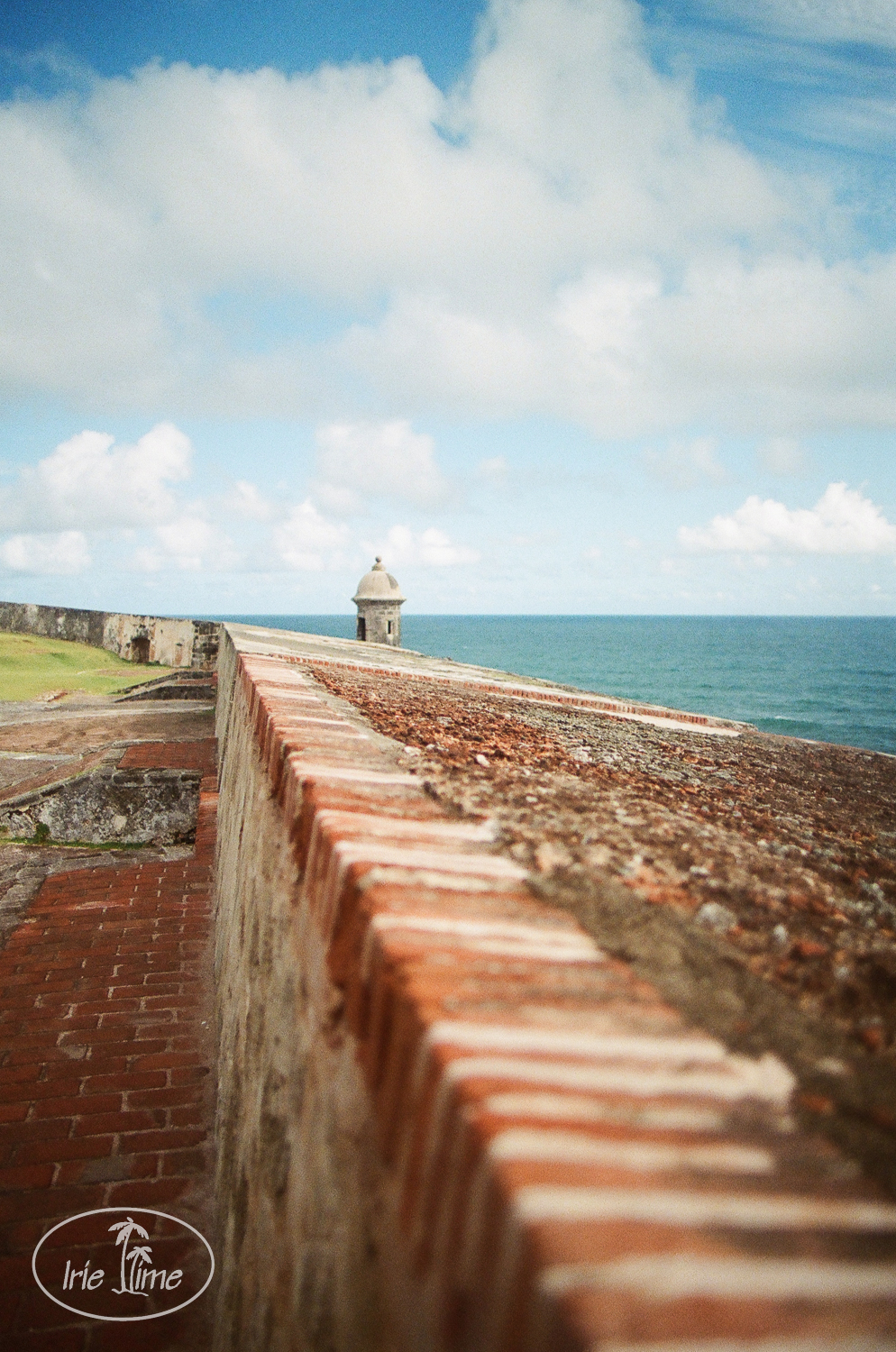

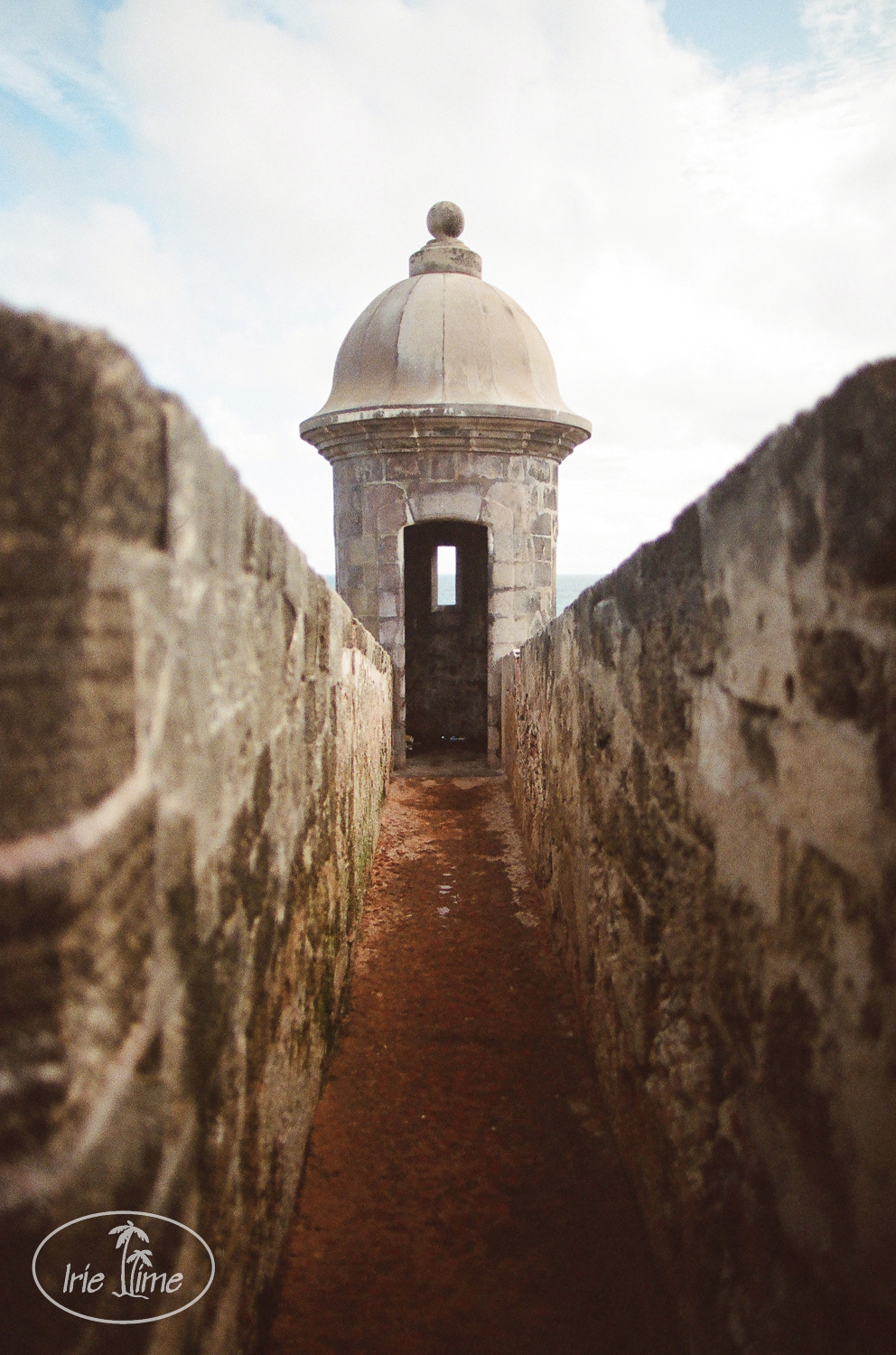
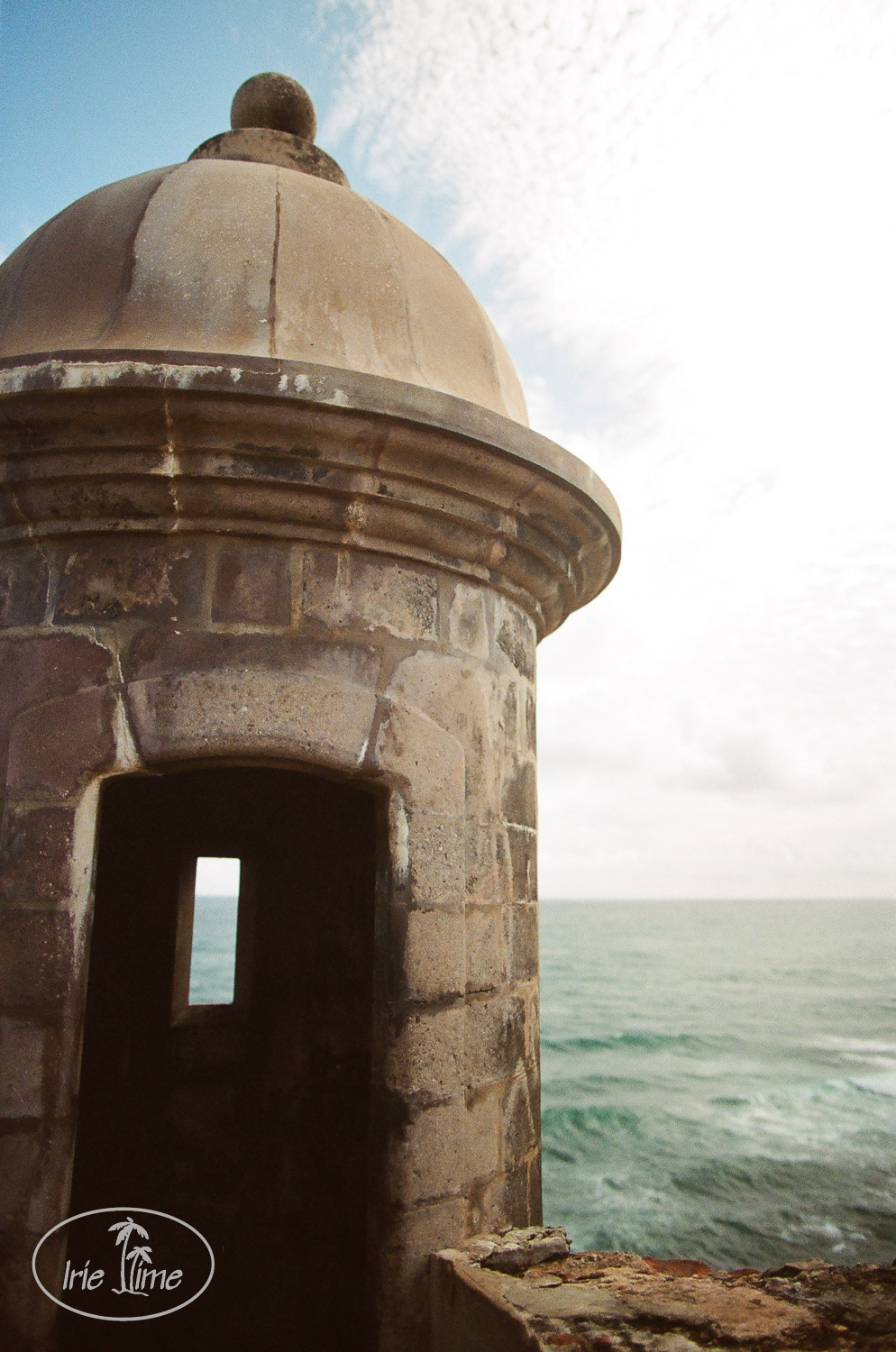
To the east, you will see the Cementerio Santa Maria Magdalena de Pazzi, with its well-known red dome. The cemetery dates back to 1863. An interesting fact we learned from our guide is that the cemetery is intentionally outside the city walls. As you can imagine, burial practices in the 1800s were not as they are today, and there is a good reason to keep a bit of distance. The cemetery is the burial site of many famous people including Puerto Rican actors Miguel Ferrer and Jose Ferrer, statesman Jose de Diego, composer Rafael Hernandez, and Rafael Cordero, the “Father of Public Education” in Puerto Rico.
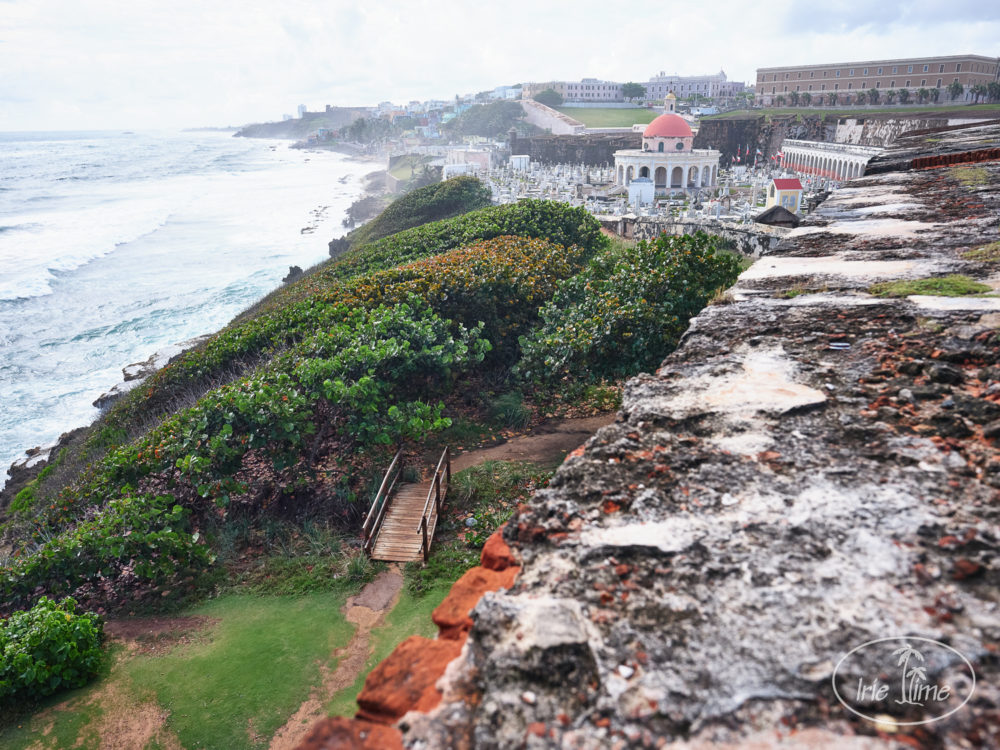

You can walk to the east along Calle Norzagaray until you reach Castillo San Cristóbal, the fort on the eastern end of the wall, positioned to protect the city from land attack. We chose instead to walk south, through Old Town, until we reached La Puerta San Juan, the only existing gate from the original walled city. We happened upon it by accident, actually. We went down to Calle Fortaleza, which is the street in Old San Juan where they had once displayed colorful umbrellas overhead, and now is adorned with wings. There was a barricade which prevented our access to La Fortaleza, so we walked north a block (to Calle de San Francisco) and then west to Calle Clara Lair. Turn right and a short block down where Calle Clara Lair intersects with Caleta de San Juan, and you will find the gate. As you proceed through the gate, you get an appreciation of how thick the city walls are that protect the city. You find yourselves on the western edge of Old San Juan at the southern entrance to El Morro with a beautiful view of San Juan Bay.
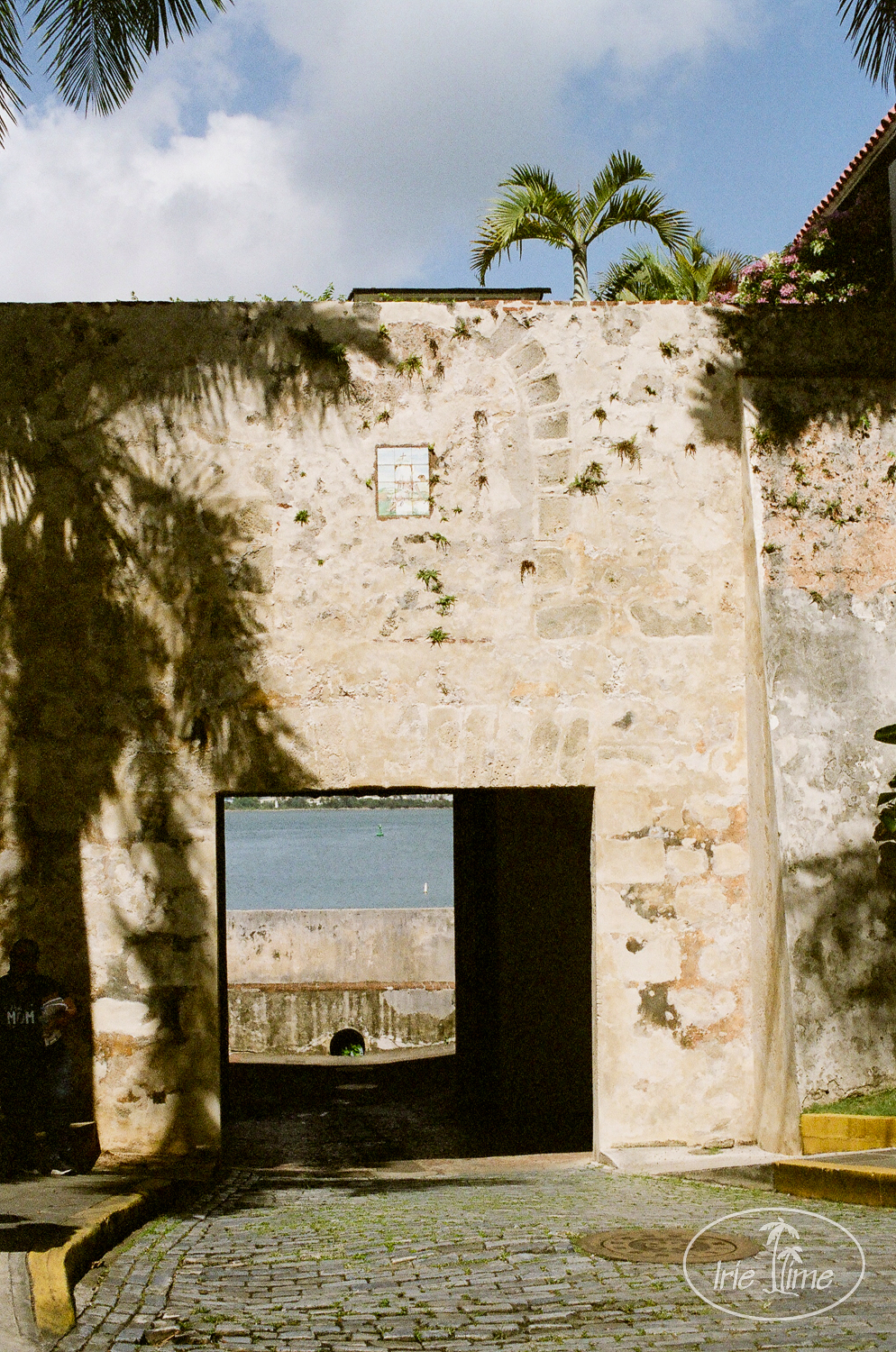
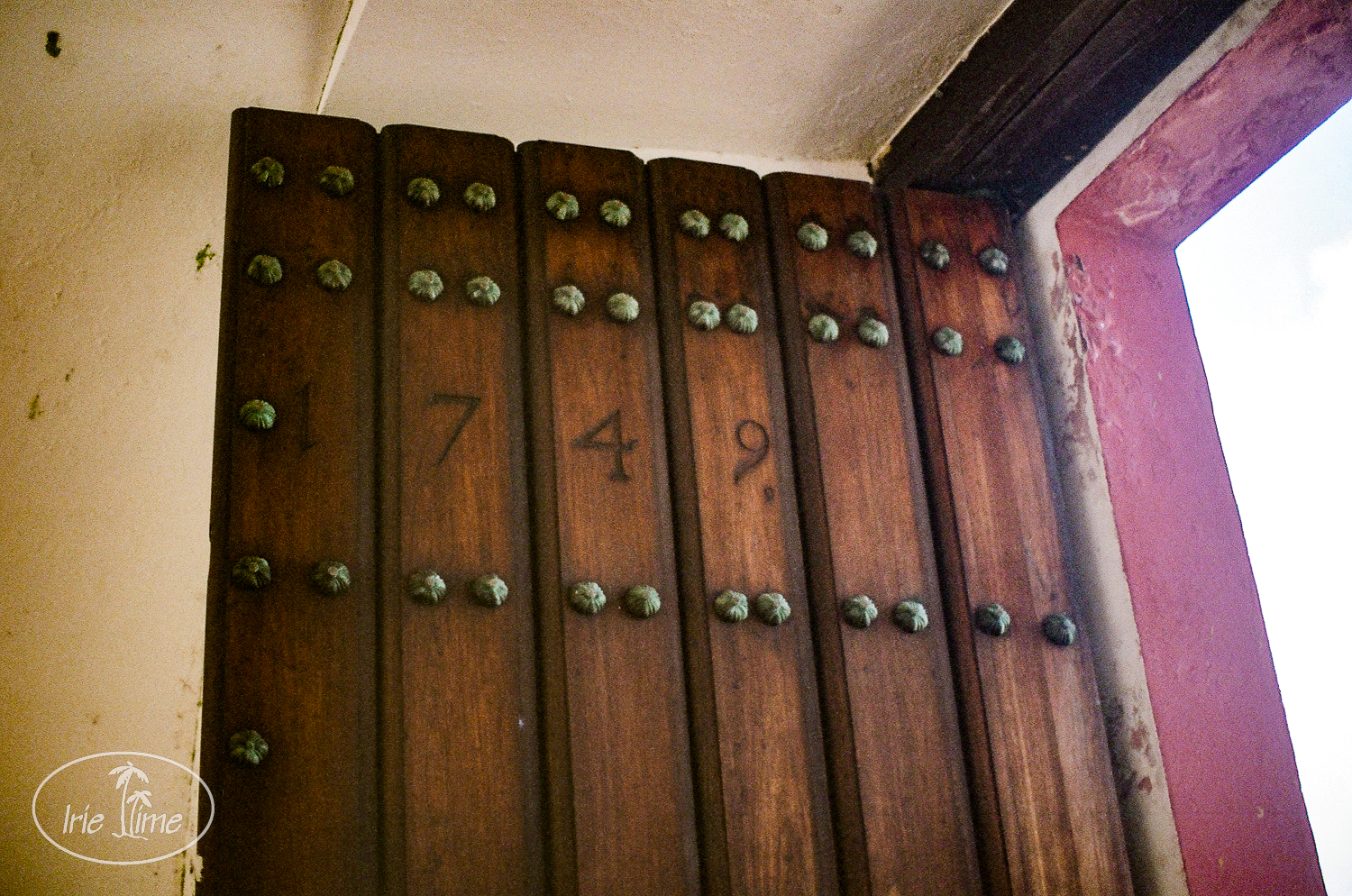
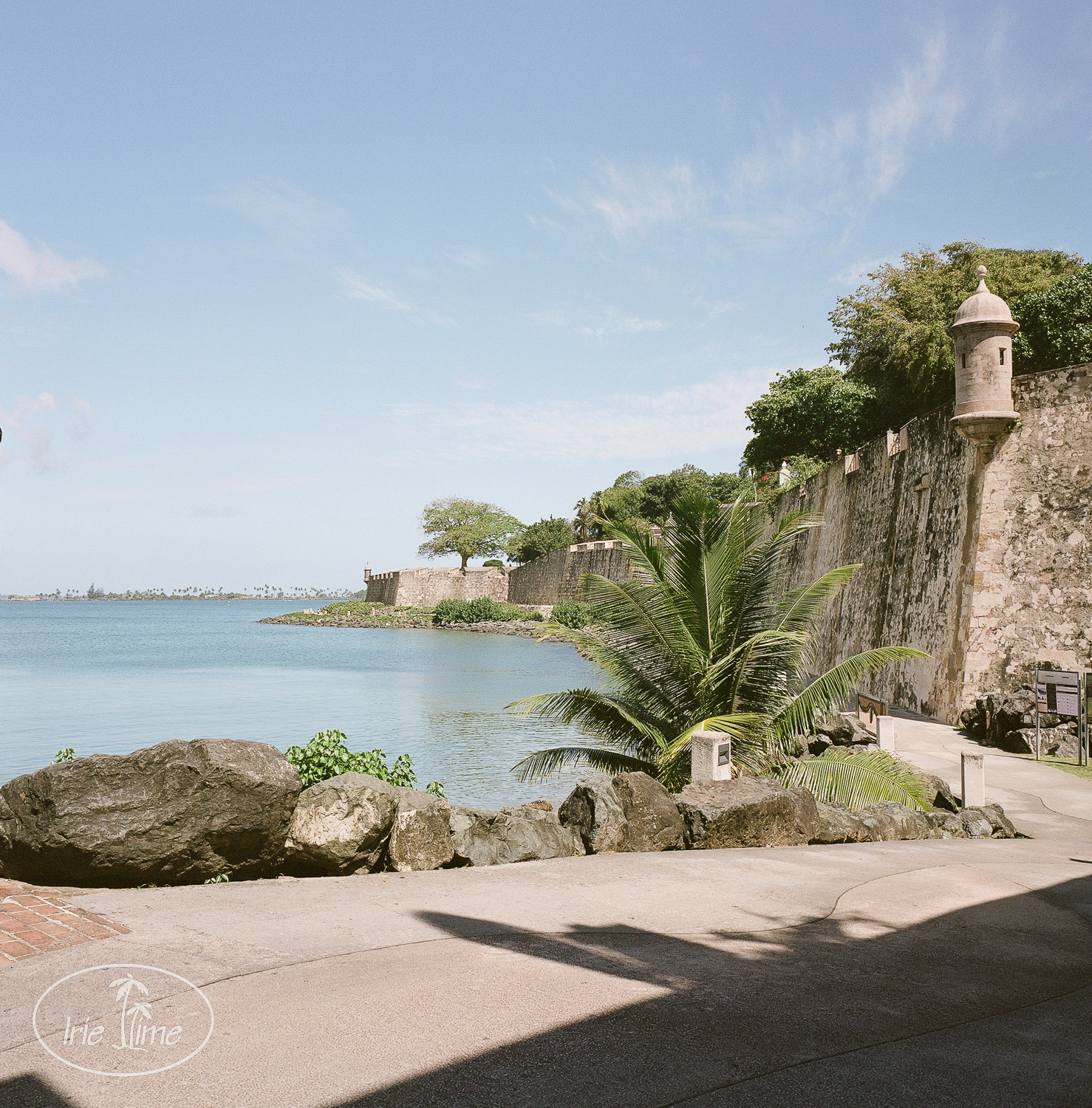
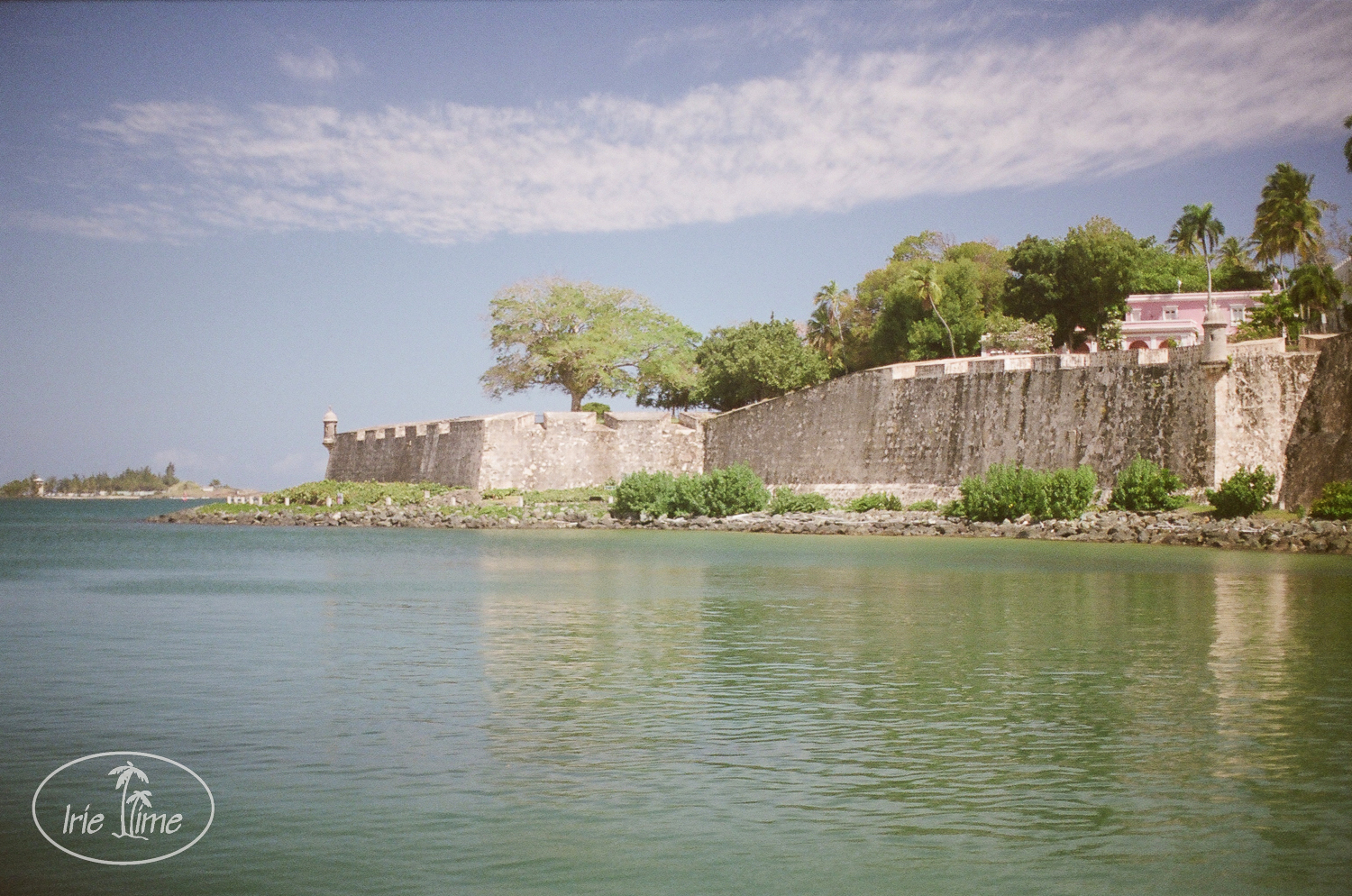
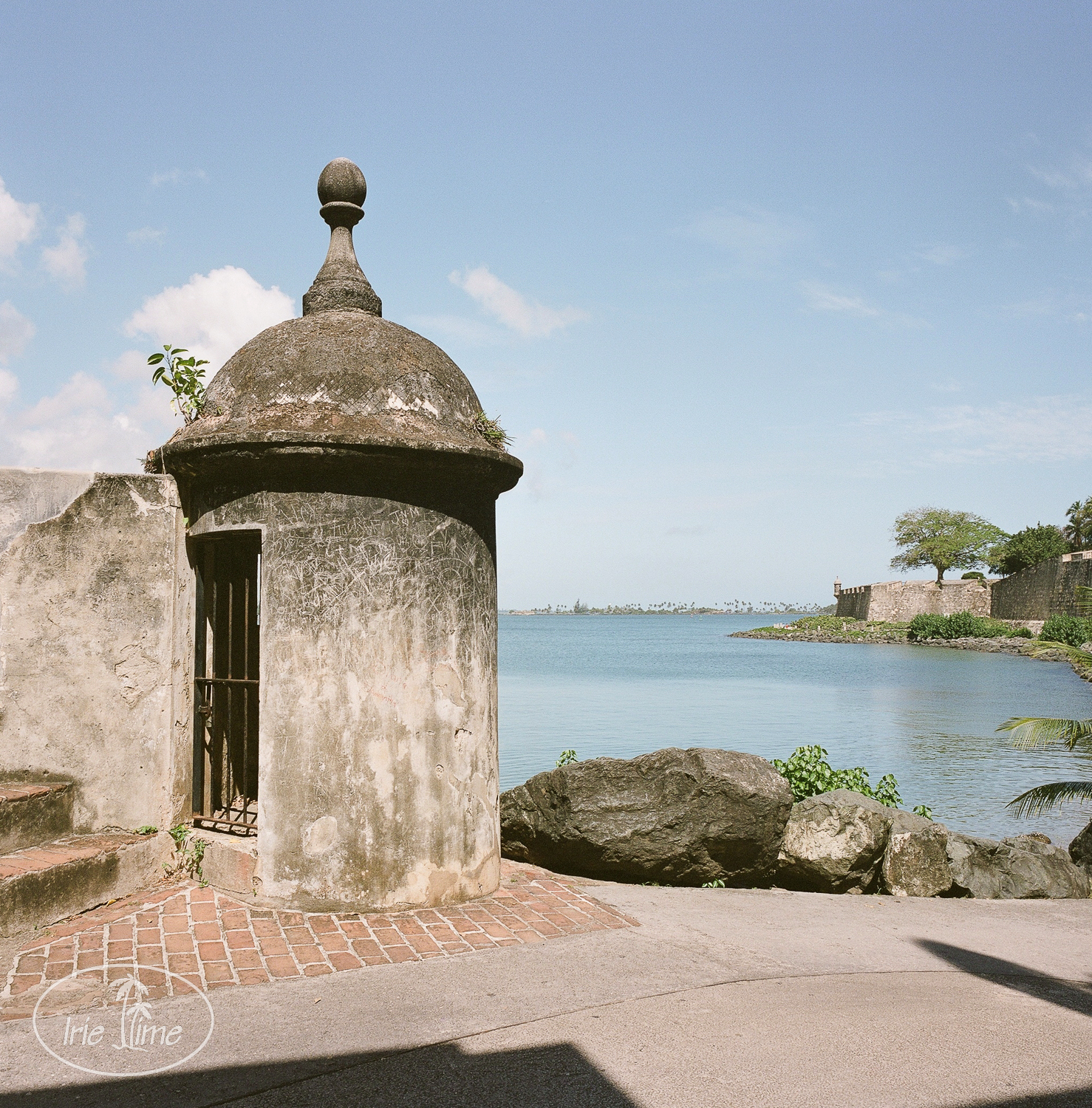
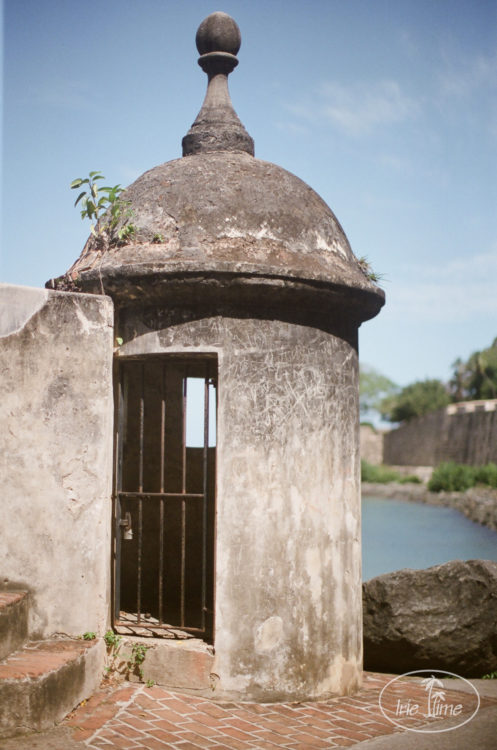
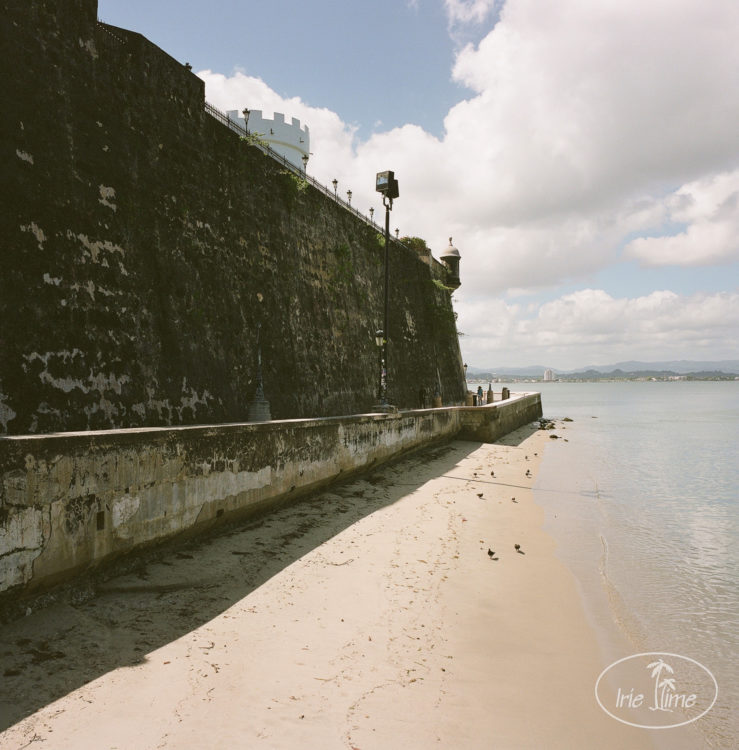
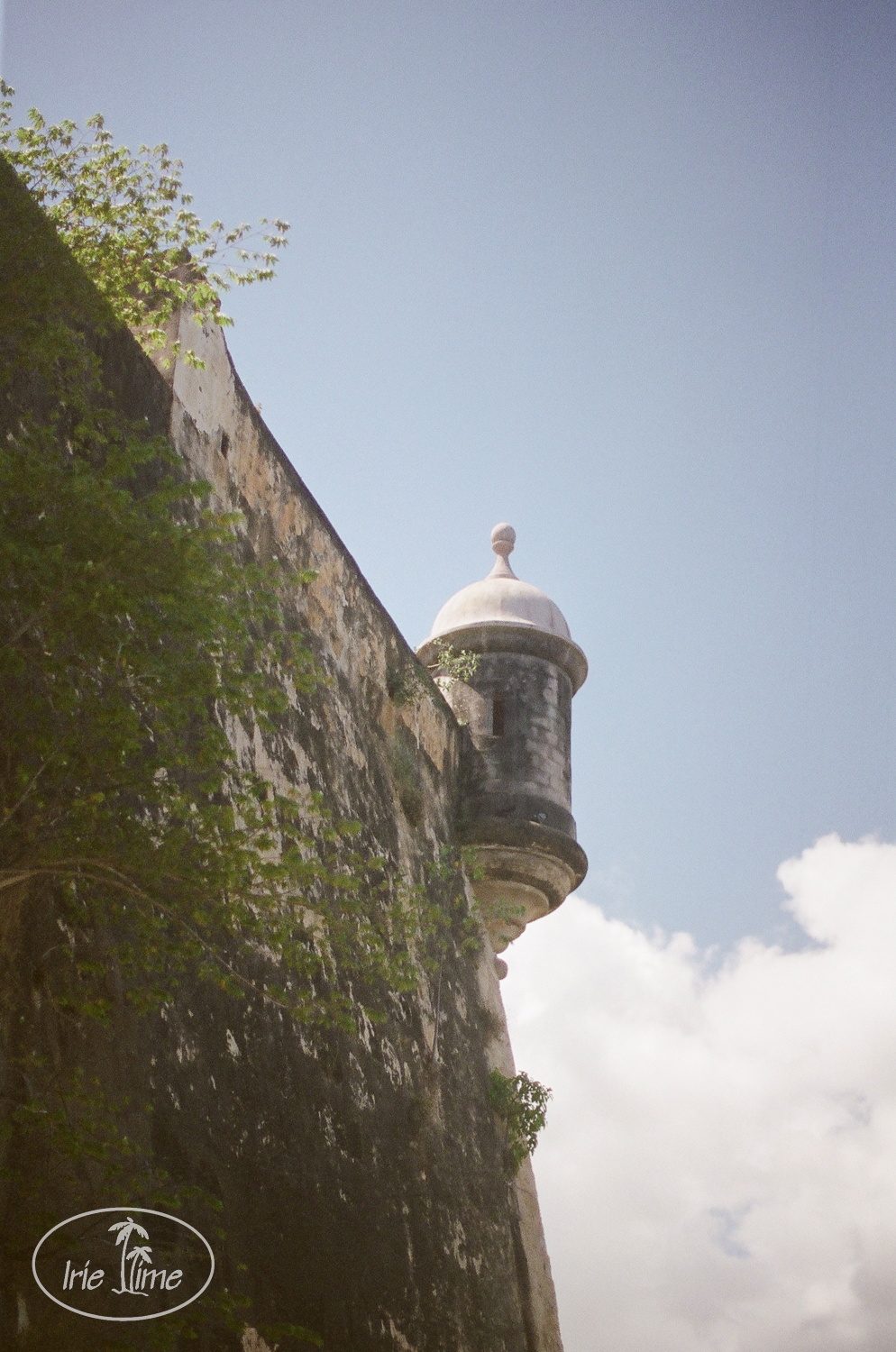
Turn left as you exit the gate, and you can walk along Paseo de la Princesa, a beautiful walkway with large trees overhead You will pass by statues and fountains as you walk along the southern edge of Old San Juan.
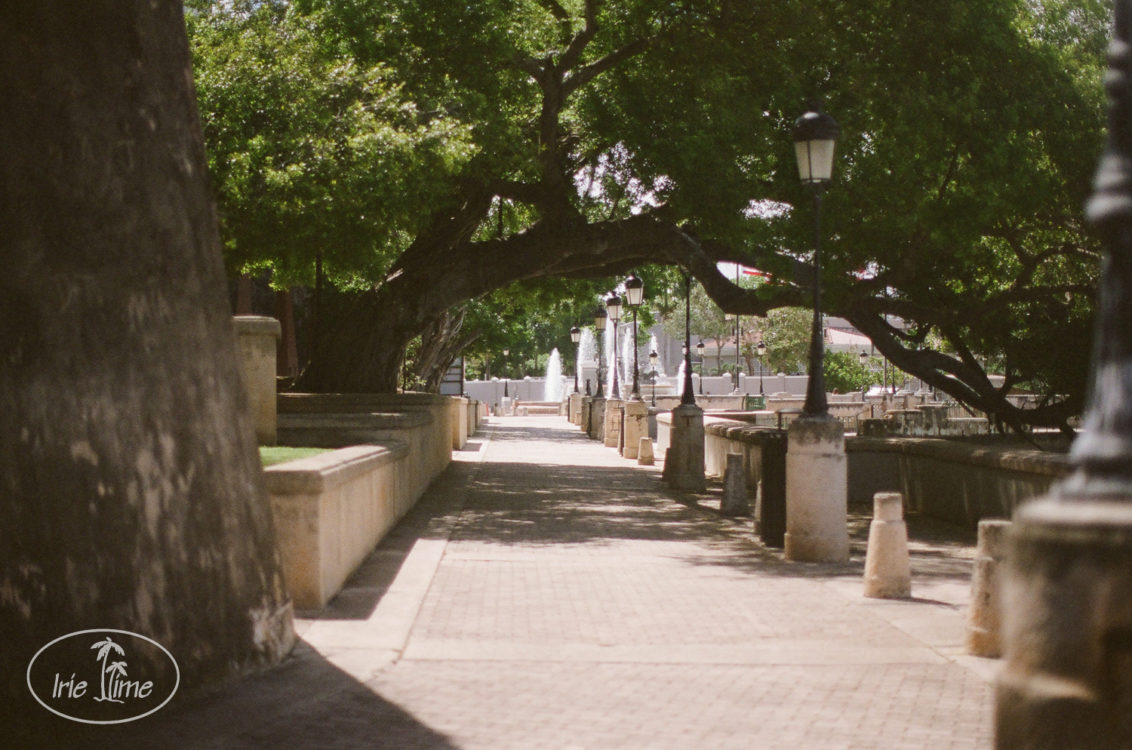
Next up, we walk the colorful streets of Old San Juan. For more posts on our visit to Puerto Rico, read our posts here.
